Jim Stimson reports on 9.16.2015
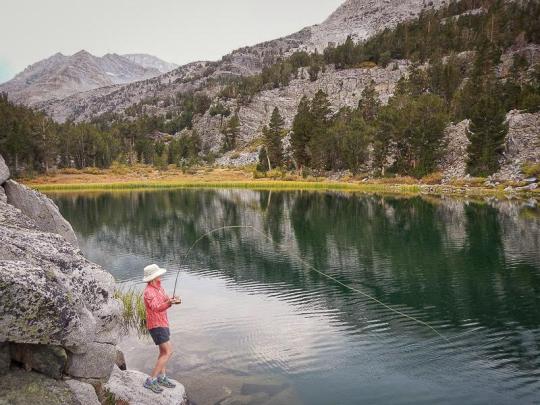
A breath of fresh air, finally. After 6 weeks of smokey skies, a small front blew into the Eastern Sierra, dropped nearly an inch of rain in Mammoth Lakes, and dusted the high peaks with snow. The smoke is gone. The temperatures have dropped dramatically and the canyons are putting on their autumn cloaks of color. The aspens are beginning to turn yellow, orange, and red. The grasses, huckleberry, and fireweed are adding to the vibrant canvases of color. Autumn is my favorite time of the year, bar none. As the sun begins to sink lower into the southern sky, the light rakes across the mountains adding to the drama. If you enjoy waking up early, the smell of coffee cutting through the crisp air, and the prospect of wild trout tugging on your fly line, then don’t wait. Get out there, enjoy it.
Our hearts go out to all of the fire victims out there. Thank you to all the fire fighters battling these horrendous blazes.
Be careful out there!
Lower Owens River
I
am not quite sure what the Los Angeles DWP is up to right now. I can
only guess that they are moving water out of Crowley Lake and the Mono
Basin to make room for winter storage and the potential for "normal"
runoff in the spring. The flows coming out of Pleasant Valley Reservoir
have been steady most of the summer at roughly 95 cfs. In the last
couple of days they have been ramping up the flows. The river is
cranking at 175 cfs! With the increase in the water volume, the trout
have been spreading out and skittish. Once the flows stabilize, they
will resume their normal feeding activities. Right now, the fish are
laying low, but they still need to eat. Hang in there, be patient and
grind away at them. Try moving further downstream from the dam. The
water is less turbulent and the trout are not as stressed.
Upper Owens River
The
flows have stabilized on the Upper Owens (42 cfs) and fishing is fair.
As the water temperatures begin to climb, you can find nice rainbows,
browns, and the odd cutthroat in the riffles and tail outs. Try small
pheasant tails, about a sized 18. Make sure you are getting your nymph
rigs deep enough. A combination of enough split shot and setting your
indicator deep enough will do the trick. In the mid to late afternoons
look for a caddis hatch. Once this begins, look upstream into the foam
lines…. look for snouts to start breaking the surface and anticipate
the feed. Nothing fancy here, just a simple elk haired caddis will do
the trick.
West Walker
Currently
flowing at about 21 cfs, this river has cold, gin clear water (65
degrees) which is really fun to fish. With miles of great pocket water
you cannot go wrong as the river cascades and drops through the canyon.
This is the time to brush up on your high sticking and tight line
techniques. Expect to catch rainbow and brown trout. We pinned some nice
fish with caddis pupae in the afternoon, baetis nymphs in the morning.
Crowley Lake
Nice
fish can be pinned from shore with dries! In some of the weedy, mossy
areas look for the rises of large fish. They are feeding on damsel
flies. These are not subtle grabs. Use at least 4x tippet. These are big
rainbows and browns with some serious attitude. Hang on!
San Joaquin
The
road to Devil’s Postpile is open. If you enjoy fishing in a pristine
wilderness setting, then the San Joaquin area is for you. Though the
flows on the San Joaquin River are a trickle at 6 cfs, try lubing up
with sunscreen, throw on a daypack, and head into the backcountry to
explore some of the high lakes and scenery. There are some nice fish up
high. Really nice.
Read more
John Rickard reports 9.17.2015The McCloud river is running with a little less color every day. We are seeing very few hatching bugs (some) but fish still seam eager to eat in summer holding wat...
Tayler Wells Reports on 9.24.2015Fall has arrived here in the state of Jefferson, as have the steelhead in the klamath River. Daily more fish arrive, and we can’t wait to share the river and it’s i...



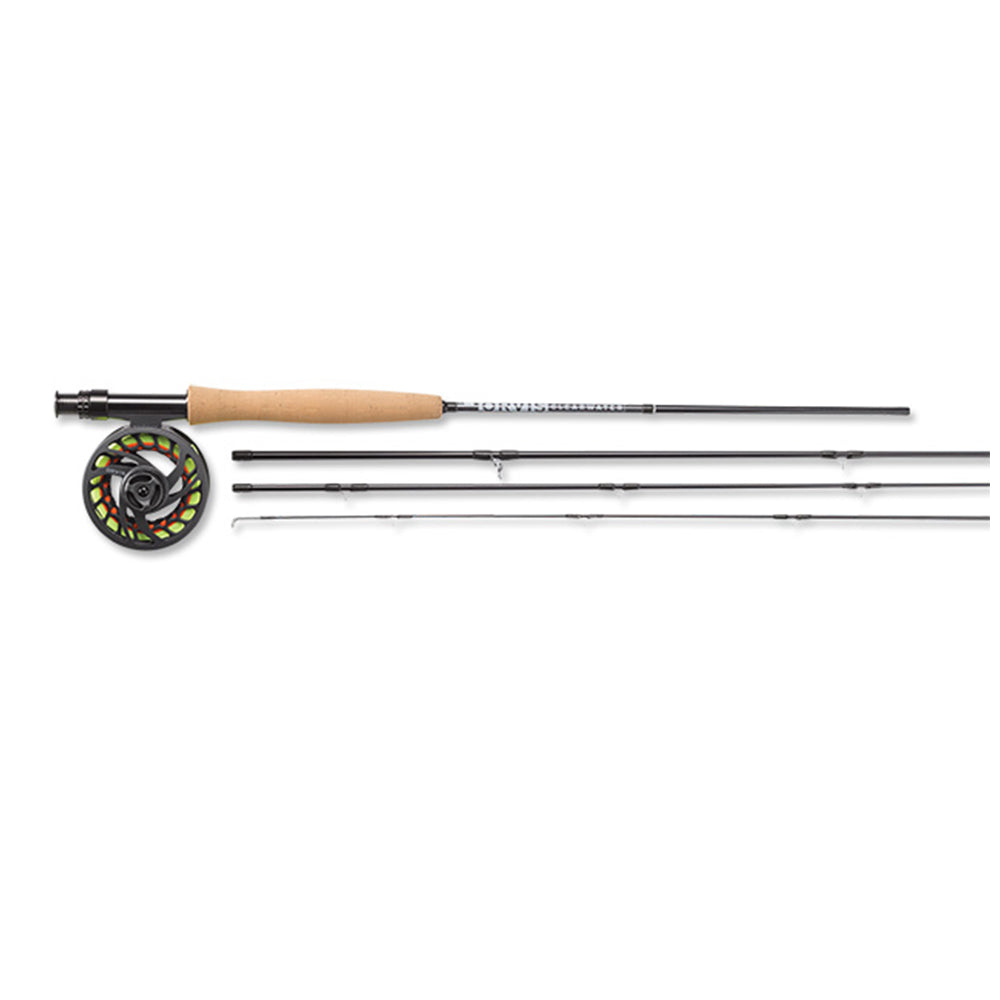





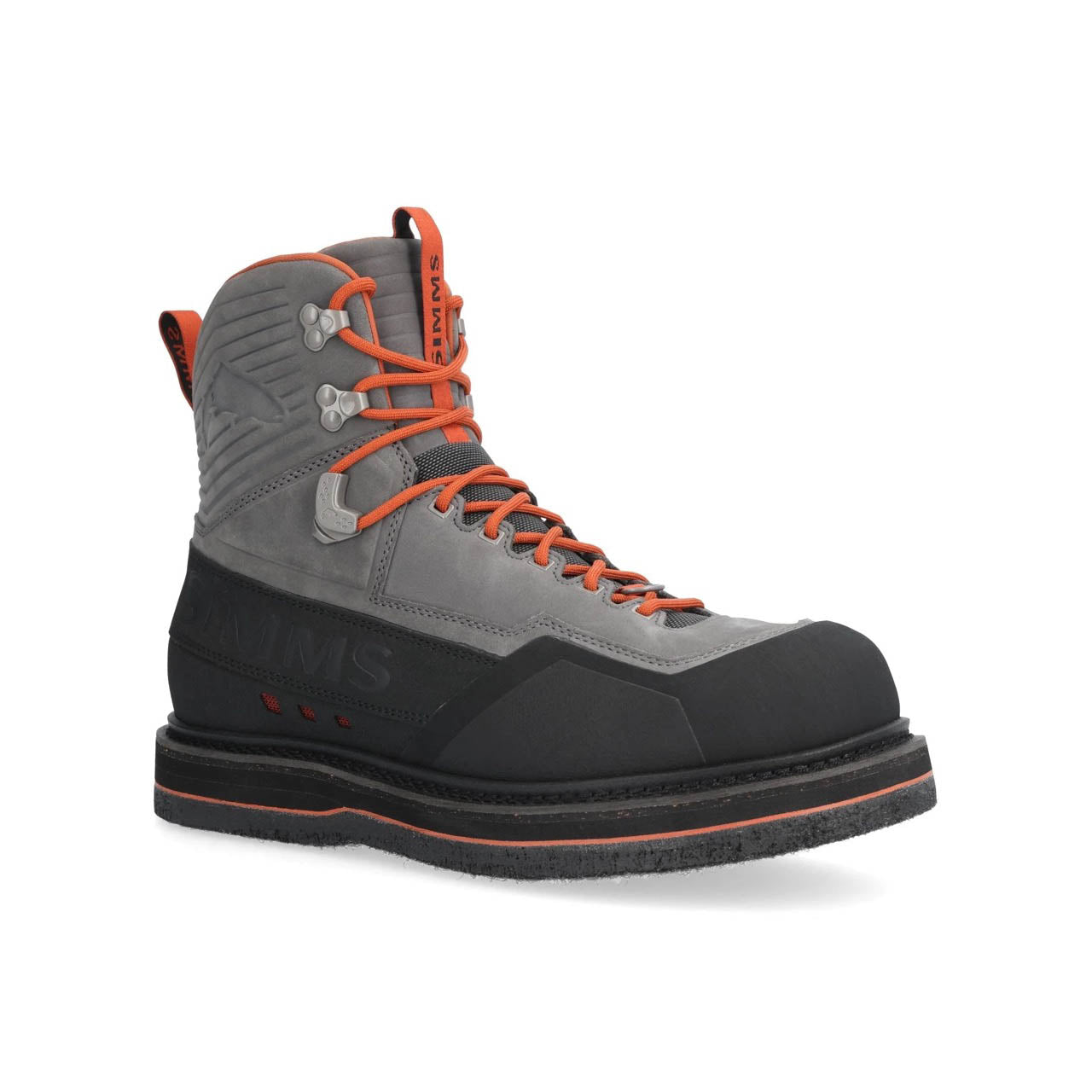








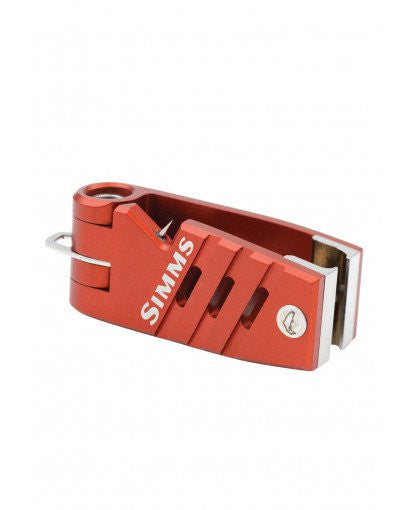
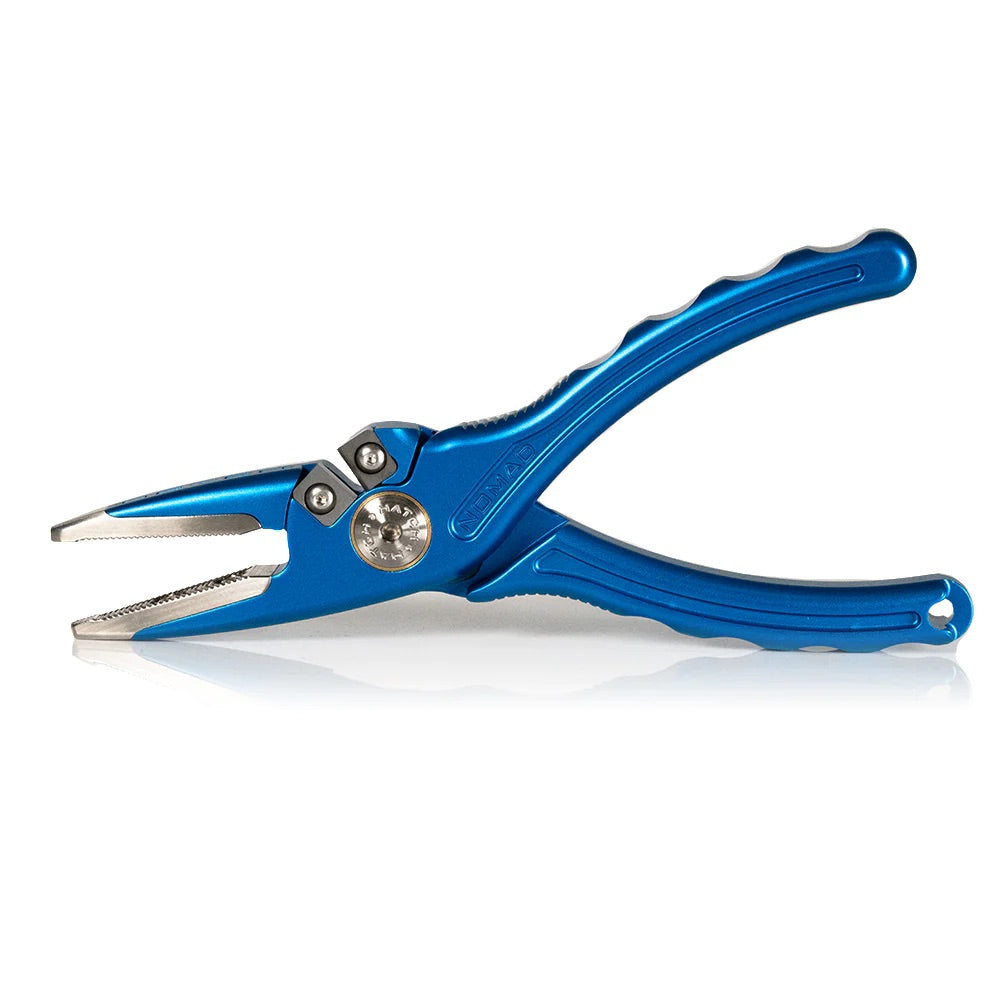







Leave a comment
All comments are moderated before being published.
This site is protected by hCaptcha and the hCaptcha Privacy Policy and Terms of Service apply.